Unleash RV Body Repair Secrets for Longevity

Regular RV body inspection prevents costly repairs and ensures optimal performance. DIY kits are sui…….
Welcome to the world of RV (Recreational Vehicle) body repair, a specialized field that involves the restoration and maintenance of mobile homes on wheels. This industry is an integral part of the global recreational vehicle market, catering to millions of enthusiasts who embrace life on the road. As RVs continue to gain popularity as a preferred mode of travel and leisure, the demand for expert body repair services has skyrocketed. This article aims to provide an extensive exploration of RV body repair, covering its historical background, current trends, technological innovations, regulatory landscape, challenges, and promising future prospects. By delving into these aspects, we will equip readers with a comprehensive understanding of this vital industry.
Definition: RV body repair is a specialized trade that focuses on restoring and refurbishing the exterior and interior structures of recreational vehicles, ensuring they meet safety standards and aesthetic appeal for their owners. This includes fixing or replacing damaged panels, sealing seams, repairing or replacing windows, and refinishing surfaces to return the RV to its optimal condition.
Core Components:
Structural Repair: Involves addressing any structural damage to the RV’s body, such as cracked or dented paneling, rusted frames, or broken components, ensuring the vehicle’s integrity during travel.
Panel Replacement: The process of swapping out damaged exterior panels with new ones, often made from durable materials like fiberglass, aluminum, or steel, to maintain the RV’s structural and visual integrity.
Seam Sealing: A critical task that entails sealing all seams and joints to prevent water intrusion and ensure the RV remains weatherproof and comfortable during travel.
Window Repair/Replacement: Includes fixing cracked or broken windows, as well as replacing outdated or damaged glass with energy-efficient options, enhancing both safety and comfort.
Refinishing and Painting: This involves sanding, priming, and painting the RV’s exterior to restore its original color or update its aesthetic appeal while providing protection from the elements.
Historical Context: The concept of RV body repair has evolved alongside the growth of the recreational vehicle industry. In the early days, RVs were primarily built for camping and outdoor adventures, with more basic construction methods. As RV technology advanced, so did the need for specialized repair services to cater to a growing and increasingly discerning customer base. Over time, industry standards have been established, ensuring that repairs meet safety and quality benchmarks.
Significance: RV body repair plays a pivotal role in several aspects:
The global RV body repair market is influenced by various factors, including economic conditions, consumer preferences, and regional trends. Here’s an overview:
| Region | Market Dynamics | Trending Developments |
|---|---|---|
| North America | A mature market with a high density of RV owners. The US, in particular, has a robust recreational vehicle industry, driving the demand for repair services. | Growing popularity of retrofitting and custom conversions, fueled by a trend towards unique, personalized travel experiences. |
| Europe | Increasing adoption of RVs as a preferred holiday option, particularly in countries with extensive scenic routes and outdoor cultures. | Focus on eco-friendly materials and sustainable repair practices due to environmental concerns. |
| Asia-Pacific | Rapidly expanding market, especially in China and Japan, where middle-class income levels are rising, leading to increased RV ownership. | Integration of advanced technologies, such as automated body repairs and digital design tools, for faster and more precise work. |
| Latin America | Emerging market with a growing interest in RVing among younger generations. | Emphasis on cost-effective repair solutions due to varying economic conditions across the region. |
Regional differences in climate, infrastructure, and cultural attitudes towards travel contribute to unique trends and challenges within the RV body repair industry globally.
The economic aspects of RV body repair are multifaceted, impacting both service providers and manufacturers.
Market Size and Growth: The global recreational vehicle market, including body repairs, is projected to reach USD 152.7 billion by 2026, growing at a CAGR of 4.8% from 2021 to 2026 (Source: MarketWatch). This growth is driven by factors such as rising disposable incomes, increasing leisure time, and the desire for unique travel experiences.
Investment Patterns: The industry attracts investments from various sources:
Economic Impact: RV body repair contributes significantly to local economies:
The integration of technology into RV body repair has brought about significant improvements in efficiency, precision, and safety. Here are some key advancements:
Computer-Aided Design (CAD) Software: CAD systems enable technicians to create detailed digital models of RV bodies, facilitating precise measurements for panel replacement, seam sealing, and structural repairs. This technology ensures accurate fitting and minimizes waste during the repair process.
Laser Technology: Lasers are used for cutting and welding metal components with exceptional accuracy. This technology reduces the risk of errors and improves the overall strength of the repaired areas.
Automated Body Repair Systems: Some repair shops have adopted automated machines that can perform tasks like panel dent removal, body straightening, and paint application. These systems enhance productivity while minimizing human error.
Advanced Sealant Materials: Newer sealant compositions offer improved weatherproofing capabilities, better adhesion, and longer-lasting performance compared to traditional sealants.
Digital Imaging and 3D Scanning: Advanced imaging techniques enable non-destructive testing, allowing technicians to identify internal damage without disassembling the RV. 3D scanning technology captures detailed digital representations of the vehicle’s exterior, aiding in repairs and custom conversions.
The RV body repair industry is subject to various policies and regulations that vary across jurisdictions, ensuring safety, environmental protection, and consumer rights.
Despite its growth, the RV body repair industry faces several challenges and criticisms that require attention and innovative solutions.
Skilled Labor Shortage: The demand for skilled technicians often outpaces the supply, leading to a labor shortage in many regions. Addressing this issue requires investment in training programs and incentives to attract and retain qualified professionals.
High Cost of Repairs: Major repairs can be expensive, particularly for older RVs or those with extensive damage. Offering financing options or affordable maintenance packages could encourage routine upkeep and prevent more costly repairs down the line.
Environmental Concerns: The industry’s impact on the environment, from material waste to fuel consumption, is a point of criticism. Adopting eco-friendly practices, such as recycling materials and energy-efficient repair methods, can help mitigate these concerns.
Lack of Standardization: Variations in repair techniques and quality across different regions and shops can lead to inconsistent results. Establishing industry standards and certification programs could ensure better service quality and consumer protection.
In the heart of California’s coastal region, a specialized repair shop has carved out a unique niche by focusing on vintage and classic RVs. This business, named RetroRV Restorations, offers a full range of services, from structural repairs to interior refinishing. Their success lies in:
EcoRepair, a Canadian company, is revolutionizing the industry with its commitment to sustainability. They focus on eco-friendly repair methods and use only recycled materials whenever possible. Their innovative approach includes:
The future of RV body repair is filled with promising opportunities and challenges, shaped by technological advancements, shifting consumer preferences, and environmental considerations.
Potential Growth Areas:
Custom Conversions and Personalization: As RV travel gains popularity among millennials and Gen Z, there will be a growing demand for unique, personalized vehicles. This trend opens up opportunities for specialized conversion services and custom design solutions.
Off-Grid RVs: With the rise of remote work and off-grid living, there is an increasing need for robust, well-maintained RVs capable of extended periods away from infrastructure. This requires a focus on durable repairs and maintenance practices.
Autonomous RV Technology: The integration of autonomous driving technology into recreational vehicles presents new challenges and opportunities for body repairers, requiring specialized knowledge to address unique structural and safety considerations.
Emerging Trends:
Strategic Considerations:
The world of RV body repair is a dynamic and essential component of the recreational vehicle ecosystem, playing a pivotal role in ensuring safety, aesthetics, and longevity for millions of travelers worldwide. Through technological advancements, innovative business models, and a commitment to sustainability, this industry is poised for continued growth and evolution. As the demand for travel and leisure experiences continues to rise, RV body repair will remain a critical service, contributing to the overall enjoyment and satisfaction of outdoor enthusiasts.
Q: How do I know if my RV needs a professional repair?
A: If you notice any significant structural damage, water leaks, rust spots, or poor weather protection, it’s time to consult a professional. Regular maintenance checks can also help identify potential issues early on.
Q: What should I consider when choosing an RV body repair shop?
A: Look for shops with experienced technicians, a proven track record, and positive customer reviews. Ensure they use high-quality parts and adhere to industry standards and safety regulations.
Q: Are there any cost-saving tips for maintaining my RV’s exterior?
A: Regular washing and waxing can protect the paint job and prevent damage from road grime and sun exposure. Keeping the exterior clean also makes repairs easier and less costly in the long run.
Q: How can I make sure the repair shop uses eco-friendly materials?
A: Ask the shop about their environmental practices and the products they use. Many reputable repair facilities now offer sustainable options, such as recycled parts, eco-friendly sealants, and energy-efficient tools.
Q: Can RV body repairs be done at home for simple damage?
A: For minor dents, scratches, or cracks, DIY kits are available, but for more complex repairs, professional assistance is recommended to ensure structural integrity and safety.

Regular RV body inspection prevents costly repairs and ensures optimal performance. DIY kits are sui…….
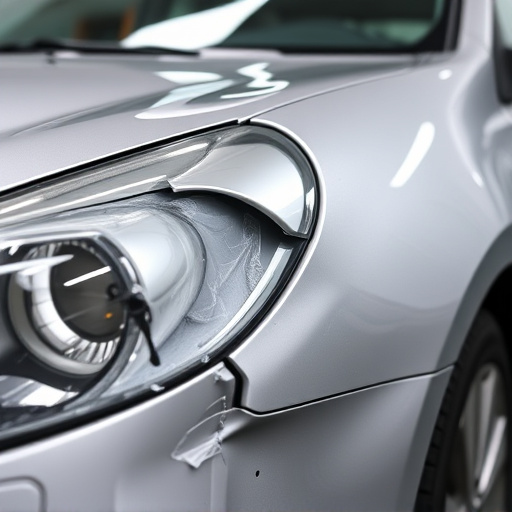
RV body repair addresses common issues like dents, water intrusion, and structural damage. Prompt ac…….
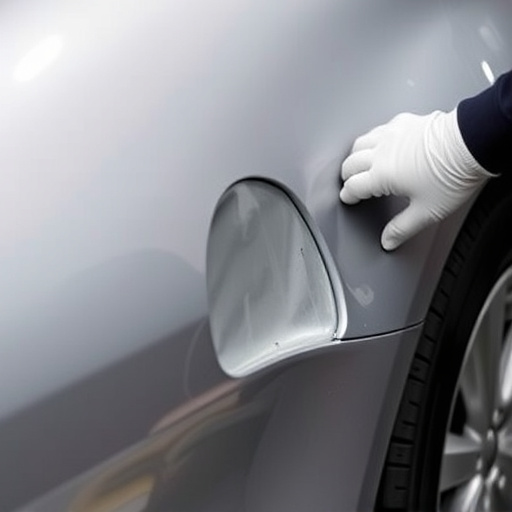
RV body repair services ensure safety and enhance travel experiences by addressing unforeseen challe…….
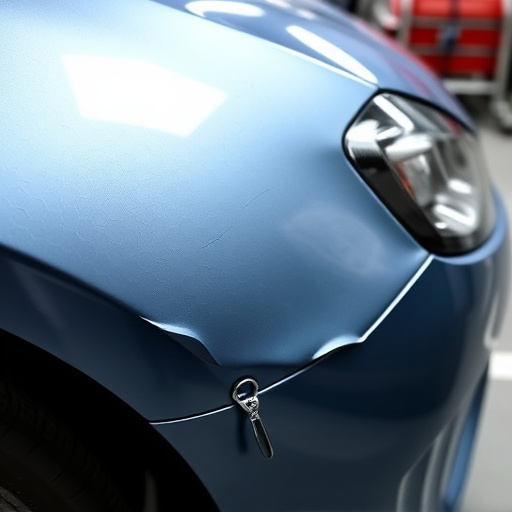
Understanding common RV body damage is crucial for effective repairs, ranging from minor dents to se…….
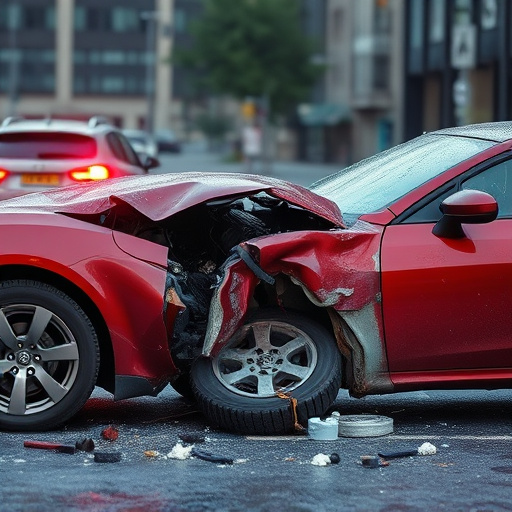
RV body repair is a specialized automotive sector addressing diverse needs from cosmetic to structur…….

RV body repair demands specialized tools for unique construction and materials. Essential tools vary…….
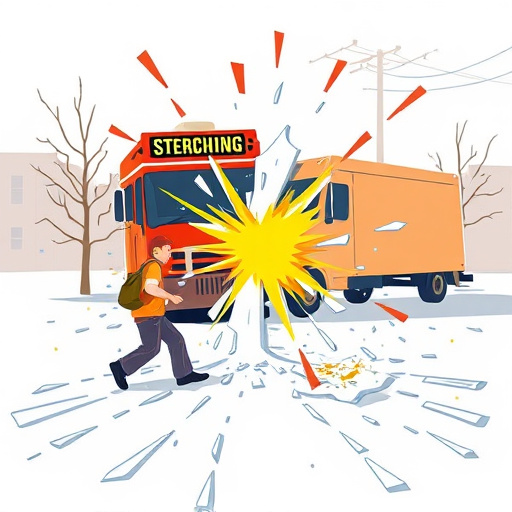
RV body repair is a specialized field requiring unique techniques and knowledge for repairs on diver…….
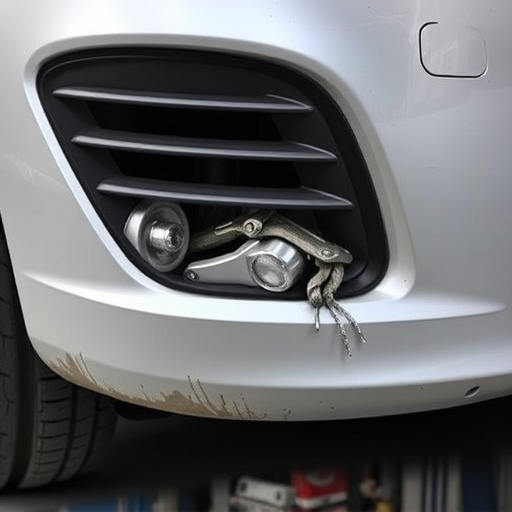
Common RV body damage, including exterior dents, rust, and cracks, requires professional repair to m…….
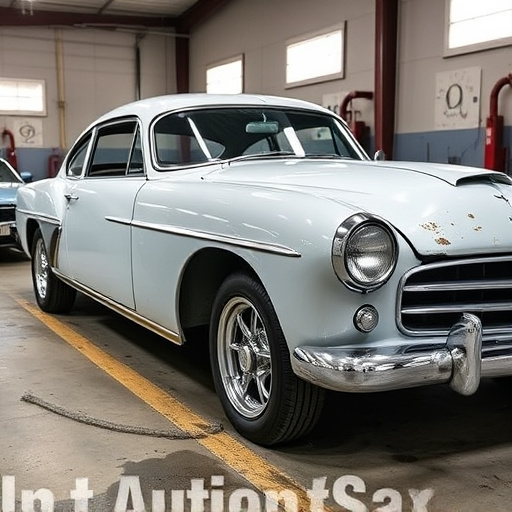
Modern RV owners require specialized RV body repair services due to their increasingly complex needs…….
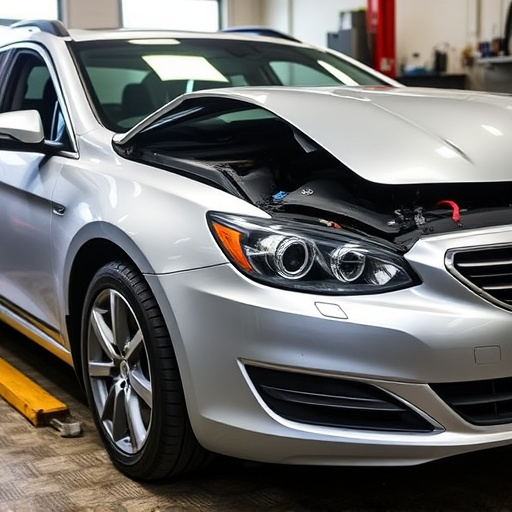
RV body repair differs from traditional cars due to its unique structure, including lightweight fram…….